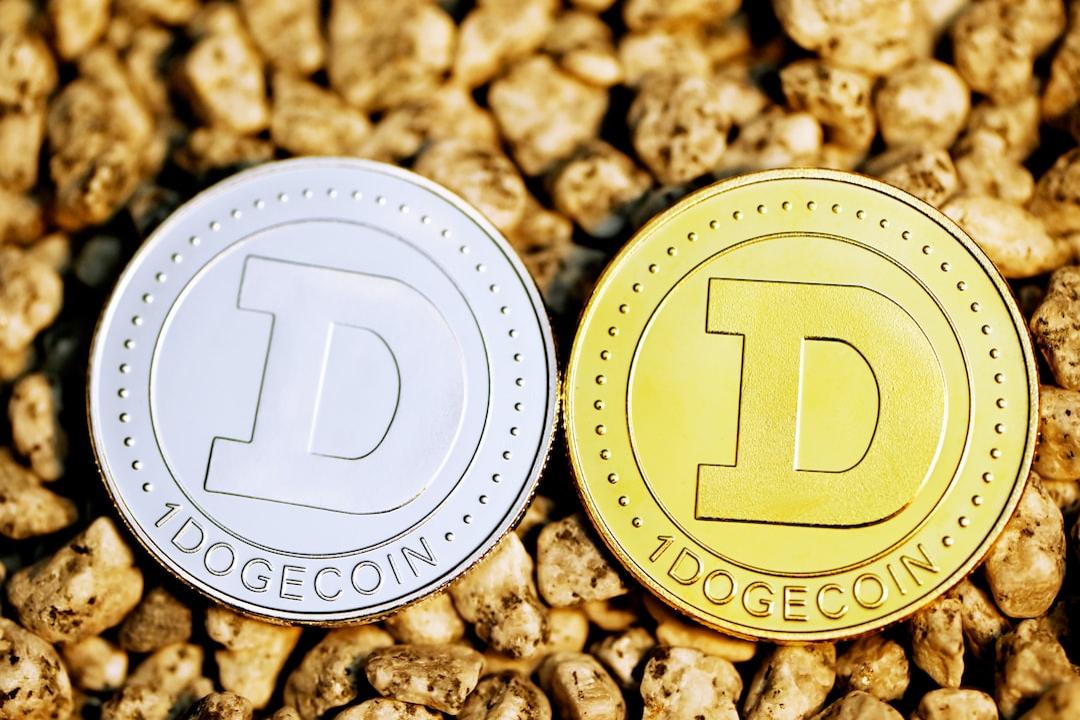CoinWorld News Report:
Author: Lmrank Han, Core Contributor of Alliance Dao
Translation: J1N, Techub News

I recently gave a keynote speech at Solana Breakpoint with the aim of providing as much valuable information as possible to cryptocurrency project founders in a limited time. The response to my speech was very positive, so I would like to take some time to elaborate on it in detail, so that people can quickly benefit from it.
Start by solving small problems
Start by solving small problems or designing a small niche. Instead of aiming for a large market right from the start, founders should focus on solving a small, specific problem. This approach is often contrary to the advice of VCs, who often push entrepreneurs to target large markets. But I advise you to focus on the small problems that affect a few users, who are the rare users who use your cryptocurrency product every day. With thousands of new products being launched every day, you should use as many of these products as possible to understand the pain points that users encounter in their daily lives. In this way, you can discover the actual problems that need to be solved.
Avoid following the crowd
When an idea is widely accepted, the market is often already saturated. Take Polymarket as an example: they have now validated the feasibility of prediction markets, and there are hundreds of teams developing in this field. It is a good time to innovate when Polymarket is in the lead, rather than waiting until the field is validated. When competing with established products, your product must be ten times better than theirs in order to stand out. Therefore, you should focus on areas that have not been fully explored, where the competition pressure is smaller, so that you have more freedom to experiment and enough time to build a unique product.

Focus on serving early core users
Find a group of core early users, about 25 to 50 passionate users who care about the problem you are solving. By focusing on meeting the specific needs of these users, you can build a solid foundation and cultivate real supporters. These early users will provide valuable feedback to help you iterate and improve your product quickly. Over time, this process will help you gradually and naturally expand your user base. If people like the product you have created, they are likely to recommend it to their friends and family naturally.
Verify the feasibility of the theory before making a large investment
Before investing a large amount of resources, such as funds and time, verify your core assumptions with a minimum viable product (MVP). The MVP is a simplified version of your product that should focus on solving the main pain points you have identified. You need to release a rough but insightful product that allows you to decide whether to increase investment or switch to other ideas. The MVP also allows you to get feedback from users more quickly, and sometimes you may even learn something completely unexpected. In addition, launching a product quickly can give you an advantage in competition, as others are likely considering the same ideas, and usually the first product to launch captures the initial attention.
Verify your ideas within a month
Timing is crucial. You should strive to develop and release your MVP within 30 days to capture the momentum of your ideas and start collecting user behavior data as soon as possible. Rapid deployment forces you to focus on the most essential features, avoiding waste of time and resources caused by overplanning.
Get involved personally, avoid relying on automation
In the early stages, one-on-one communication with users is more important than building a perfect product. You should interact directly with users, handle customer support personally, and manually perform tasks that will be automated in the future. These efforts will help you build a strong relationship with the initial batch of users and gain deep insights into their needs and behaviors. This approach not only allows you to quickly build and launch products, but more importantly, it allows your products to reach users’ hands as soon as possible.

Avoid creating everything from scratch
For cryptocurrency project entrepreneurs, it is best not to develop core infrastructure themselves, but to choose to collaborate with existing products or use existing tools to simulate the products you ultimately want to provide. For example, instead of developing your own AMM, it is better to directly use existing AMM products (such as Uniswap or Raydium) to achieve certain functions. This can save resources and allow you to focus more on improving your true core product or service.
Do not engage in large-scale promotion unless you have 50 core users
Personal communication with users is very valuable when building your initial user base. You can contact potential users one by one through channels such as email, private messages on social media platforms like Twitter, or community forums. This approach allows you to interact directly with users who are willing to try your product and receive accurate and sincere feedback from them.
Actively seek feedback from users to iterate on the product
Maintain ongoing conversations with users. Regular feedback exchanges with users can reveal insights that you may not have considered. Use this feedback to gradually improve your product to ensure that it continues to meet the evolving needs of users. Creating such a feedback loop is vital because it keeps you closely connected to user needs and helps you create a product that users truly love. For example, Alon from Pump.fun once contacted 3,000 users through Twitter private messages, which helped Pump gain market attention.
Properly judge user feedback
Although user feedback is important, you need to interpret it carefully. Users may not always accurately express their needs, or the solutions they propose may be inconsistent with your product vision. Therefore, you need to use your own judgment to identify the underlying problems behind the feedback and solve them in a way that aligns with your product direction.
Ensure a daily increase of 50 to 100 active users
The goal is to gradually increase daily active users (DAUs) and consider reaching 50-100 DAUs as an initial milestone. This stable user engagement indicates that your product is becoming attractive and gradually becoming part of users’ daily activities. You need to closely monitor metrics such as user retention rate and engagement to ensure that you are building sustainable growth.
Publicly disclose the business model
Once you have a stable user base, you should start thinking about monetization. You need to develop a clear business model that explains how your startup generates revenue. Whether it is through transaction fees, paid features, or token sales, a clear business model is essential for attracting investors and ensuring long-term survival.
Optimize marketing strategies through analyzing user behavior data
Data is your ally. Deeply analyze your data to understand what drives user acquisition, engagement, and retention. Identify key performance indicators (KPIs) that align with your business goals. Use this data to make informed decisions that help you optimize marketing strategies, product features, and resource allocation.
Persevere and persist
Persistence pays off. Do not shy away from hard work. Building a successful startup requires full dedication, long hours of work, and a willingness to go the extra mile. Your commitment and effort will set an example for the team, which can be the key difference between success and failure. You can think of it this way: If your competitors spend 7 to 8 hours a day on their projects, how much time are you willing to invest to win the competition? I’m not suggesting that you simply work longer hours, but rather let this idea motivate you to work smarter and achieve victory.
Protect your control over the company
Pay attention to the amount of equity you give up in the early stages. In the early stages of entrepreneurship, you may be tempted to give away a large amount of equity to secure funding or attract talent, but retaining control of the company is crucial for future development. You can consider other incentive measures and negotiate conditions that align with your long-term vision. Ultimately, as a founder, you should retain enough equity to reap the rewards of your early hard work in the future.
Limited financing can teach you to better utilize resources
Obtaining moderate financing forces you to prioritize important matters and learn to make the most of your resources. In the early stages of entrepreneurship, it is usually recommended to raise a maximum of $500,000 to $1 million. Operating on a streamlined budget prompts founders to find innovative ways to solve problems. This discipline can help you build a more sustainable business model and make you more attractive to future investors. A famous example is Jeff Bezos using a door as a desk to remind himself to save time and money.
Spend money wisely
Adopt a frugal mindset in all aspects of entrepreneurship. Carefully review every expense, avoid unnecessary overhead costs, and concentrate funds in areas that directly drive growth. Being thrifty can extend the lifespan of your company’s funds and provide flexibility to deal with unexpected challenges or market changes.
Carefully select your core team members
Expand your team cautiously. Each new employee should take on a key role that directly contributes to the success of the company. A lean team is more flexible and easier to manage, without the complex management issues that larger startups often encounter. Maintaining lean operations allows you to quickly adjust direction and maintain a company culture. If you hire too many people, the company culture may deteriorate rapidly.

